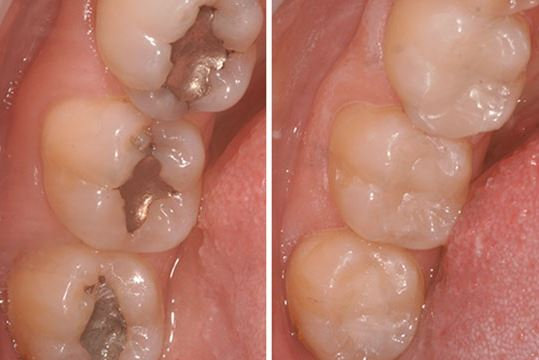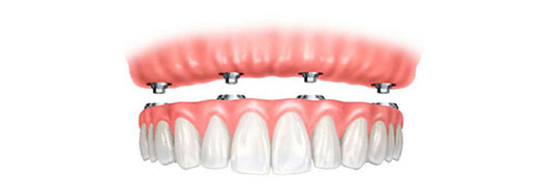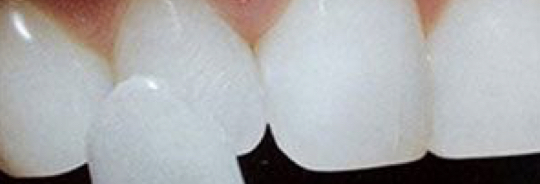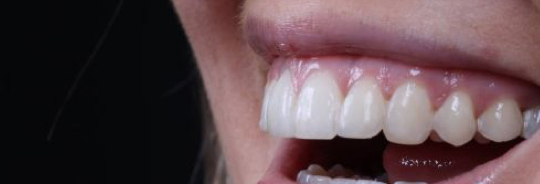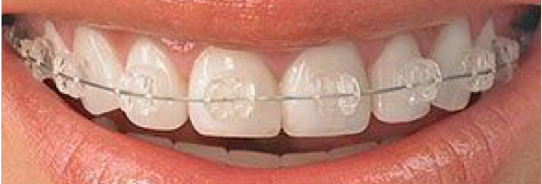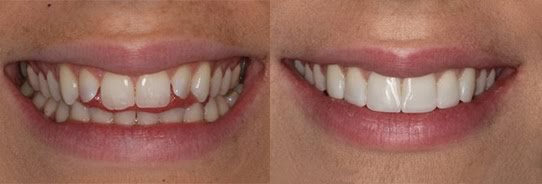
Blog
We post all the latest information here regularly so it's always up to date for you. If there is a topic you would like to have us cover please ask.
2 September 2020
Inlays & Onlays

Fillings are used to fill in small cavities, whereas crowns are used when the decay is deeper or if there's a fracture needed to be covered up. However, in some cases a filling may not be enough or a crown is too much to protect the decay. This is where dental inlays and onlays are used, as they aren't as intrusive as a crown, which may require your natural tooth to be reshaped. But what's the main difference between an inlay and onlay?
Essentially, an inlay helps to fill in cavities and hollow areas in the tooth. An onlay not only fills a cavity, it also helps protect and cover a larger area such as spaces between your teeth. They work similarly to crowns, but do not cover the entire surface. Both are made from the same materials, and both serve the same function, but cover different areas of the tooth to properly protect when there is tooth decay.
Inlays
Inlays are molded and fitted into the chewing surface of your tooth in cases where it may have been damaged or suffered some decay. Created in a lab, an inlay will fit seamlessly into the hollow of your tooth. Your dentist will take an impression of the area and match the inlay to your own natural teeth. This way they are not noticeable at all! The material used can vary between composite material or porcelain, meaning they are long lasting. This is something your dentist will discuss with you on the day of your initial consultation.
Onlays
Onlays are used when a dentist deems a cavity too big to fill with standard fillings or when a crack might appear due to weakness. Unlike an inlay, an onlay will help protect the cusps as well as the space in between. A temporary onlay is placed over cavity, and the impression is sent for a permanent onlay to be manufactured in the lab. It is then placed in the mouth when it arrives. With an onlay, the tooth structure is preserved, whereas with a crown some filing and even removal of cusps may be necessary. They are also made of porcelain or a composite material. Onlays are also called “partial crowns” because they serve a similar function but they only cover a portion of the tooth, as opposed to the entire thing.





